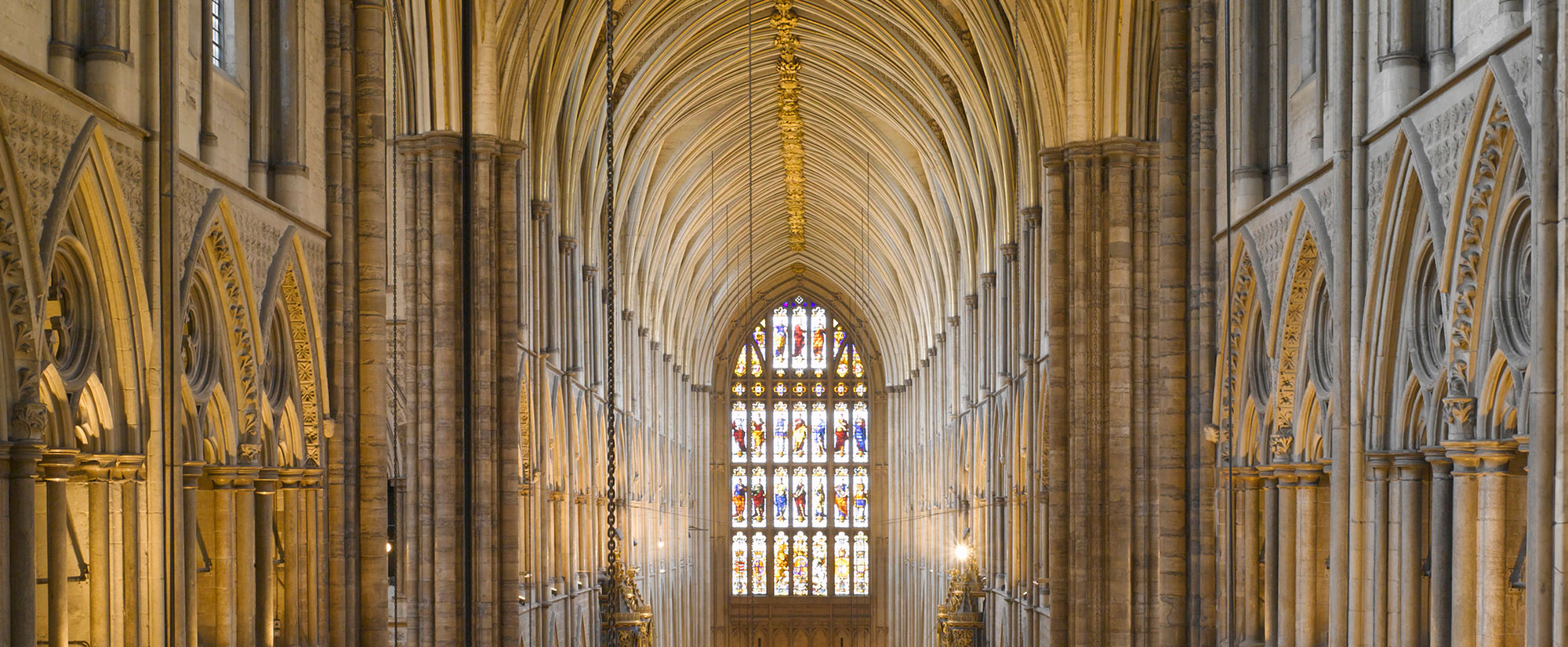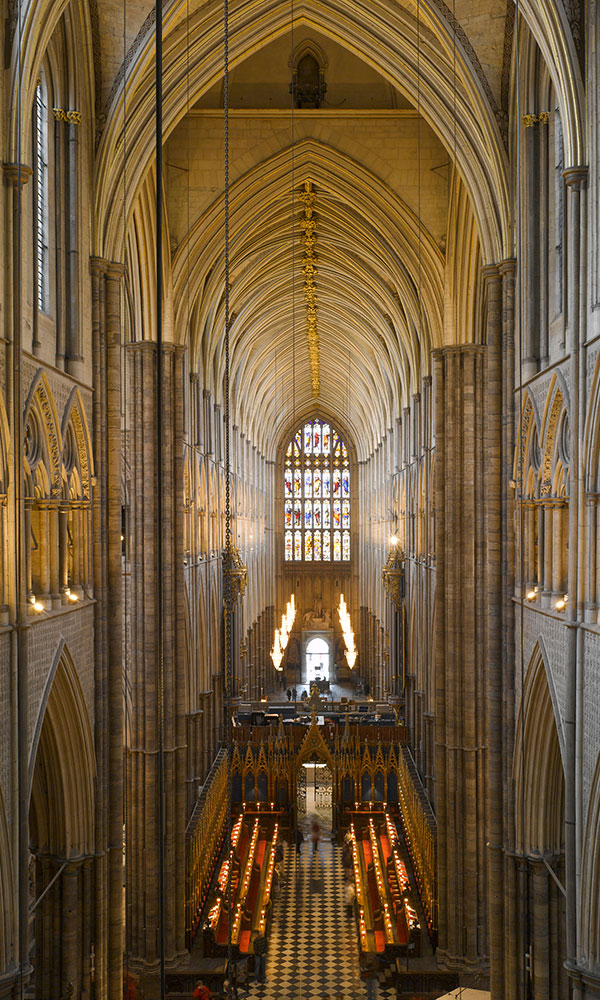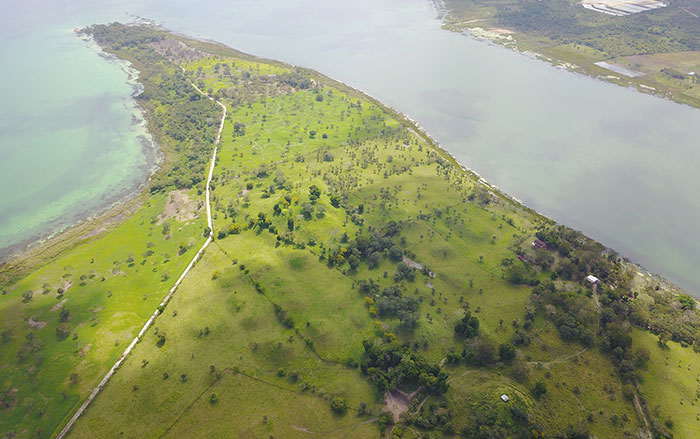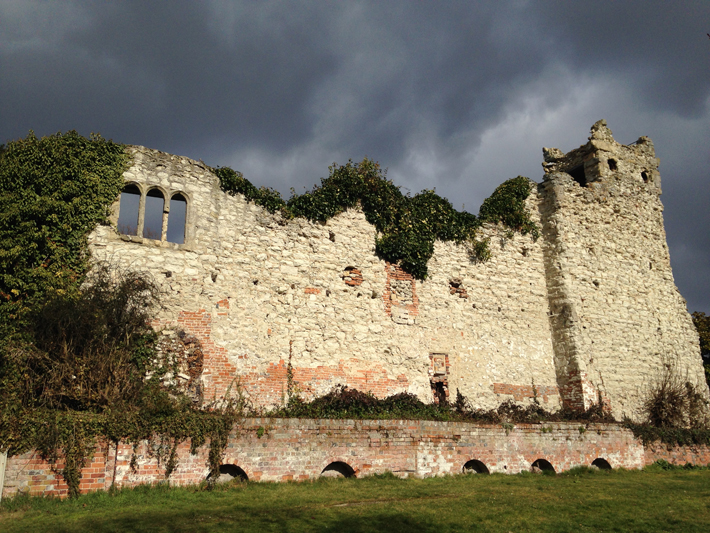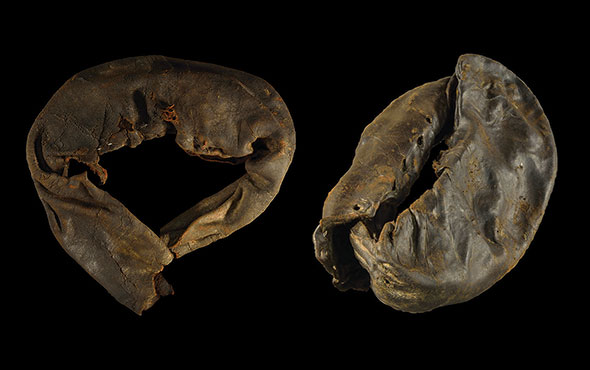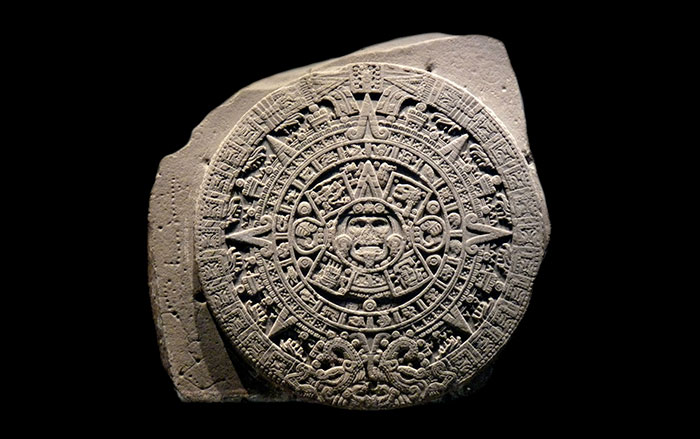
STAFFA, SCOTLAND—According to a report in The Scotsman, archaeologists working with the National Trust for Scotland have discovered evidence of human occupation on the Hebridean island of Staffa going back nearly 4,000 years. In addition to a fragment of prehistoric pottery, the team recovered a burnt grain of hulled barley from a small pit, which radiocarbon analysis dates to between 1880-1700 B.C. Previous estimates for the first human arrival on Staffa, which is now a tourism destination known for its distinctive geological formations, ranged between the 15th and 16th centuries A.D. According to Derek Alexander, the National Trust for Scotland’s Head of Archaeological Services, the team's next objective is to determine whether this evidence represents a long-term settlement on the island or, rather, occasional visits for ritual purposes. To read more about the Bronze Age Hebrides, go to "Scottish 'Frankenstein' Mummies."






